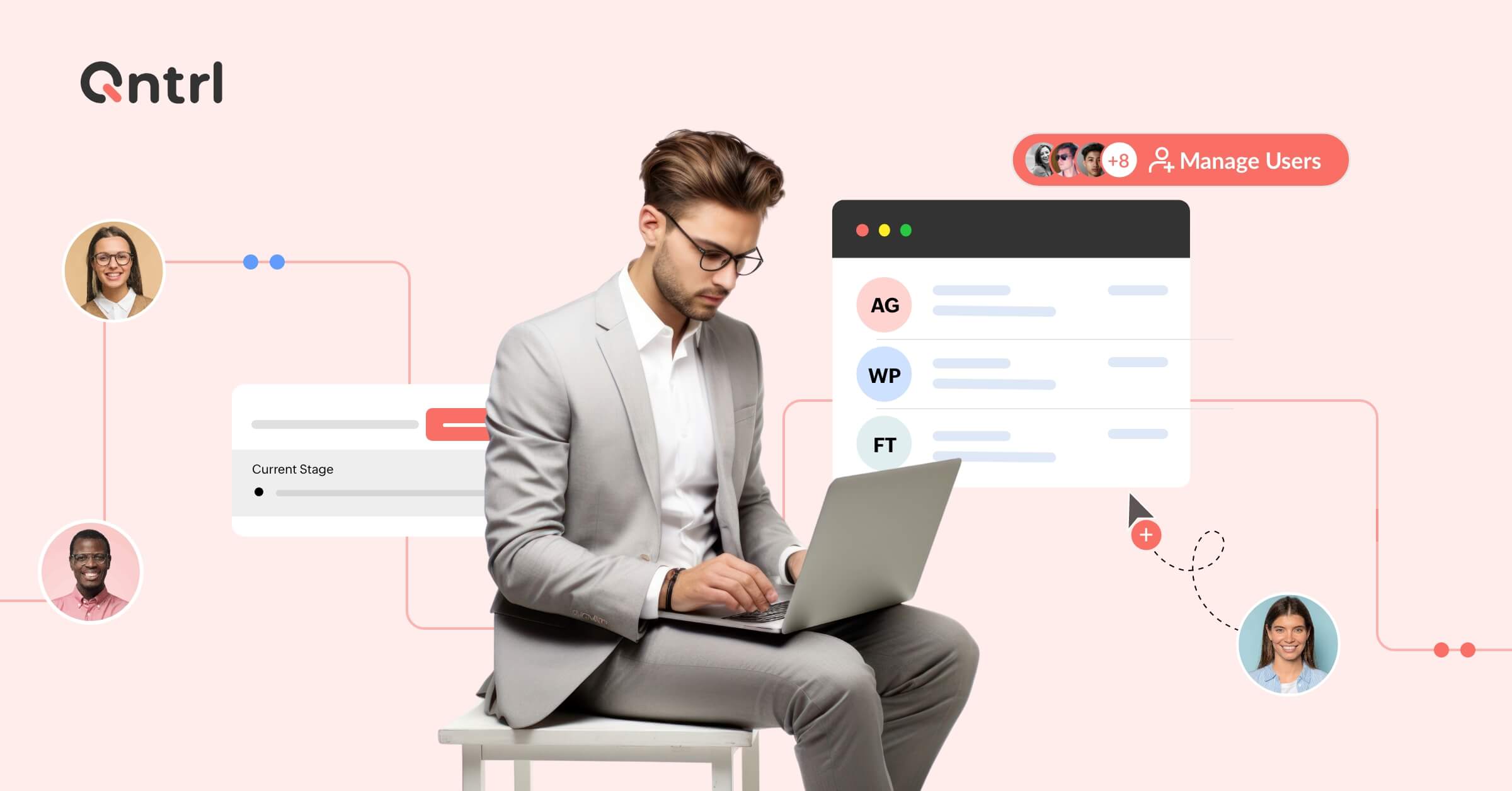HR teams encounter plenty of challenges, but employee onboarding is always a doozy. For one, people operations and human resources departments are the gatekeepers of first impressions for new team members. After committing hours to recruiting, identifying, interviewing and impressing the best talent, you have to make sure an employee’s onboarding is smooth, seamless, pleasant, and organized. What if a candidate accepts your offer, confirms a start date, but backs out at the last minute? Or what if they work for a few weeks, but turn in their notice due to a poor onboarding experience?
You’ll be back to square one, and out some money, for one. Plus, the less-than-impressed hire might even hit your business with a poor review and stop other talented prospective employees from applying for roles at your company. A ding on your reputation is nothing to scoff at, either. These days, nearly all interested candidates do their research into company culture and leadership before submitting an application.
A structured employee onboarding process can prevent things like this from happening. By improving employee engagement, creating a sense of loyalty in new hires and keeping things clear and straightforward, you can wildly improve your employee retention rate.
Why onboarding gets so tricky
Handling employee onboarding workflows manually means a substantial amount of things can fall through the cracks—especially as an organization grows. When a company is small, the organization tends to do everything it can to ensure the new hire feels at home. As a successful business grows, HR and other departments lack the bandwidth to walk every new employee through all aspects of policies and other nuances. An onboarding template can only accomplish so much on its own. Chaos follows when expectations aren’t established. As a result, your budding star might be off to a rough start.
Why does efficient employee onboarding matter?
After a lengthy and sometimes stressful interview process, employee onboarding is the first interaction an employee has with their new organization. You can damage morale with a negative first impression and make an employee regret their decision to accept their new role if their onboarding experience is subpar.
Set your new hires up for success and get them acquainted with the organization, their job duties, and their coworkers as soon as you can. Knowledge of the new employee’s arrival should be coordinated with key stakeholders and should be communicated quickly, so team members can organize one-on-one welcome meetings and schedule orientation sessions. Streamlining the employee onboarding process can accomplish this, while also reducing the workload on your HR team.

Benefits of automated employee onboarding
Eliminate the need for more paperwork
A briefer, yet more thorough, employee onboarding lifecycle
Much less manual intervention
360-degree access to a clearly outlined onboarding template
The guarantee of a consistent onboarding experience for all new hires
Total transparency into the process flow
Hassle-free communication
Onboarding best practices
Keep these ideas in mind for a memorable new-hire experience:
A mentorship program
Assign new employees a work mentor to help welcome them to the team, introduce them to other employees, answer any informal questions, and check in on them regularly. Have the buddy walk them through the ropes for the first month or two.
A career development plan
Investing in career development can help your new hire feel appreciated, excel in their current role, and give them the best chances to continue to drive their career trajectory inside of your organization. Spend some time during the onboarding process to help them build a career path and craft an individual development plan for each new hire.
A welcome kit
Sending your new team members a personalized welcome kit will always be a hit. Add company swag, the employee handbook, blue light glasses, office supplies, a candle, takeout menus from local restaurants, a tote bag, and a personalized welcome card from the team. A welcome kit can even be added as a task to your workflow, so every employee will receive their kit right on their first day.
Workflow automation and onboarding go hand in hand
An efficient, proactive employee onboarding process is the first step to establishing a consistent experience. Here are some things you can set up with Qntrl’s onboarding process orchestration workflow:
Reporting manager
Salary package
Background verification
Emergency contact info
Bank details for direct deposits
Document proofs
IT assets
When you automate the onboarding workflow, the process runs on its own, without bottlenecks, and can scale infinitely. Give your new employees motivation to explore new organizational territory without concerns or roadblocks by trying Qntrl today.







